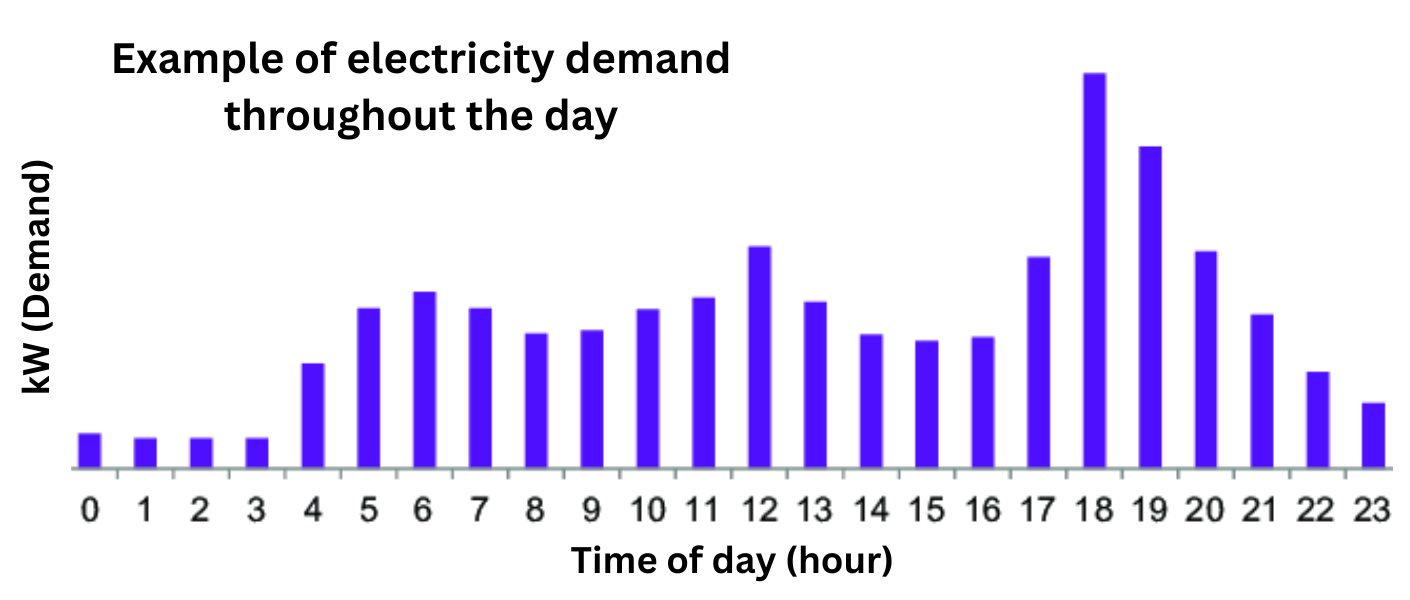Q: How are electric rates typically designed?
A: Electric rates can be complex and difficult to understand. Every electric utility/cooperative may view and approach rate design differently. Most cooperatives conduct a cost-of-service study to better understand and evaluate how they are incurring costs – both overall and for different types of member-owners (ie: households, businesses and large industrial operations). Once cooperatives understand cost drivers, they develop a rate structure to adequately recover costs and ensure overall financial stability. Rates often vary between different types of cooperative member-owners because it costs the co-op differently to serve households versus industrial facilities, which means recovering those costs fairly may result in different rates. Electric cooperatives are not-for-profit utilities that return margins to their member-owners in the form of capital credits/dividends, so co-ops do not design rates with a goal of earning profits for investors.
While there are numerous ways electric rates can be designed, there are three relatively common approaches to electric rate structure:
Two-part rate:
This structure is made up of a fixed monthly charge (often called a Basic Charge, Service Fee, Monthly Charge or Availability Fee) and an energy usage (kilowatt-hour) charge. The purpose of the fixed monthly charge is to recover the fixed costs the cooperative incurs to serve each member, such as: cost to maintain the electric grid (poles, wire, transformers), labor, insurance, taxes, etc. The purpose of the energy usage (kilowatt-hour) charge is to recover the cost the cooperative incurs to purchase the power each member consumes. Sometimes cooperatives charge different energy rates for various tiers of usage. For example: the cost of the first 500 kilowatt-hours consumed in a month may be charged at a higher or lower rate than usage above 500 kilowatt-hours.
Three-part (demand) rate:
This structure is made up of a fixed monthly charge, an energy usage charge (both described in the two-part rate explanation, above) and a demand charge. Demand is defined as “the rate at which electricity is used.” The more electric appliances/devices a member uses at one time, the higher their demand will be. Electric cooperatives are billed by their power suppliers for both energy (kilowatt-hour) usage and demand, so it may make sense for them to design a rate that allows them to recover costs from their member-owners in the same way they are being billed. The demand rate may or may not have a time component to it, depending on how the rate is structured.
Consider this example: You and your neighbor both consume a total of 500 kilowatt-hours in a 24-hour period. You use your 500 kWh slowly over the entire 24 hours, but your neighbor uses 400 of their total 500 kWh within one hour of coming home from work. In this example, your neighbor is creating higher demand on the system at a time when it typically costs more to generate and supply electricity. This has a greater impact on overall costs for your cooperative. A demand charge is designed to more fairly recover those costs.
Time-based rate:
This structure is similar to a three-part/demand rate, however, the energy usage charge varies based on the time of day and/or time of year (summer/winter) when energy is consumed. This structure is designed to encourage consumers to shift their usage of electricity to times that are typically lower usage/lower demand periods. The goal is to help the utility better manage the higher demand time periods in order to control overall costs for the utility and its consumers.
Note: there are many variations on the above listed rate designs, including (but not limited to) a three-part/demand rate that also includes a time-based component.
Q: How are electric cooperative rates different than investor-owned or municipal utilities?
A: Since co-ops are governed by a local, member-based Board of Directors, each co-op sets their rate structure at the local level. Typically, electric co-ops conduct a cost-of-service study to guide the board and management staff on how to design a rate structure that will ensure they are recovering costs for reliably serving members’ power needs and maintaining the financial stability of the cooperative. Determining the cost-of-service also ensures fairness by determining how rates should be set for different types of members: residential, commercial and industrial.
Q: Why would a cooperative or other utility implement a demand and/or time-based rate?
A: The costs to generate and purchase power during peak conditions are higher. Some utilities implement demand or time-based rates in an effort to recover their costs in a more fair and equitable manner based on the higher costs of serving members/consumers during high energy use times of the day/year.
Additionally, many utilities across the country have been forced to shut down baseload power plants (primarily coal and nuclear plants), which makes it more difficult for them to adequately serve energy needs during high energy use or peak times. As a result, there is concern that many parts of the country may experience reliability problems, including blackouts, in coming years because increasing demand for electricity during peak conditions will exceed the available supply.
Q: Why are demand and time-based rates becoming more common?
A: Traditionally, utilities have paid an electric demand charge as part of their bill to power suppliers, this is not something new. However, technology advancements have made it much easier and more cost effective to calculate electric demand at the household level. Shifting to a rate structure that allows utilities to recover costs from each individual member/consumer in a way that better aligns with how they are incurring costs is more efficient and equitable.

